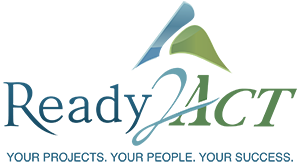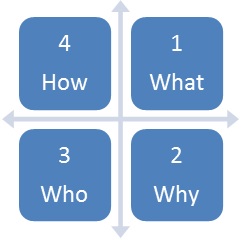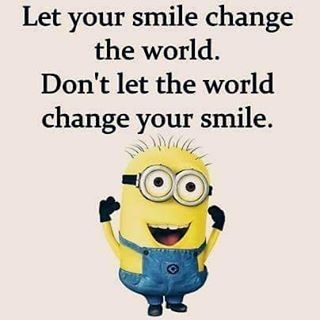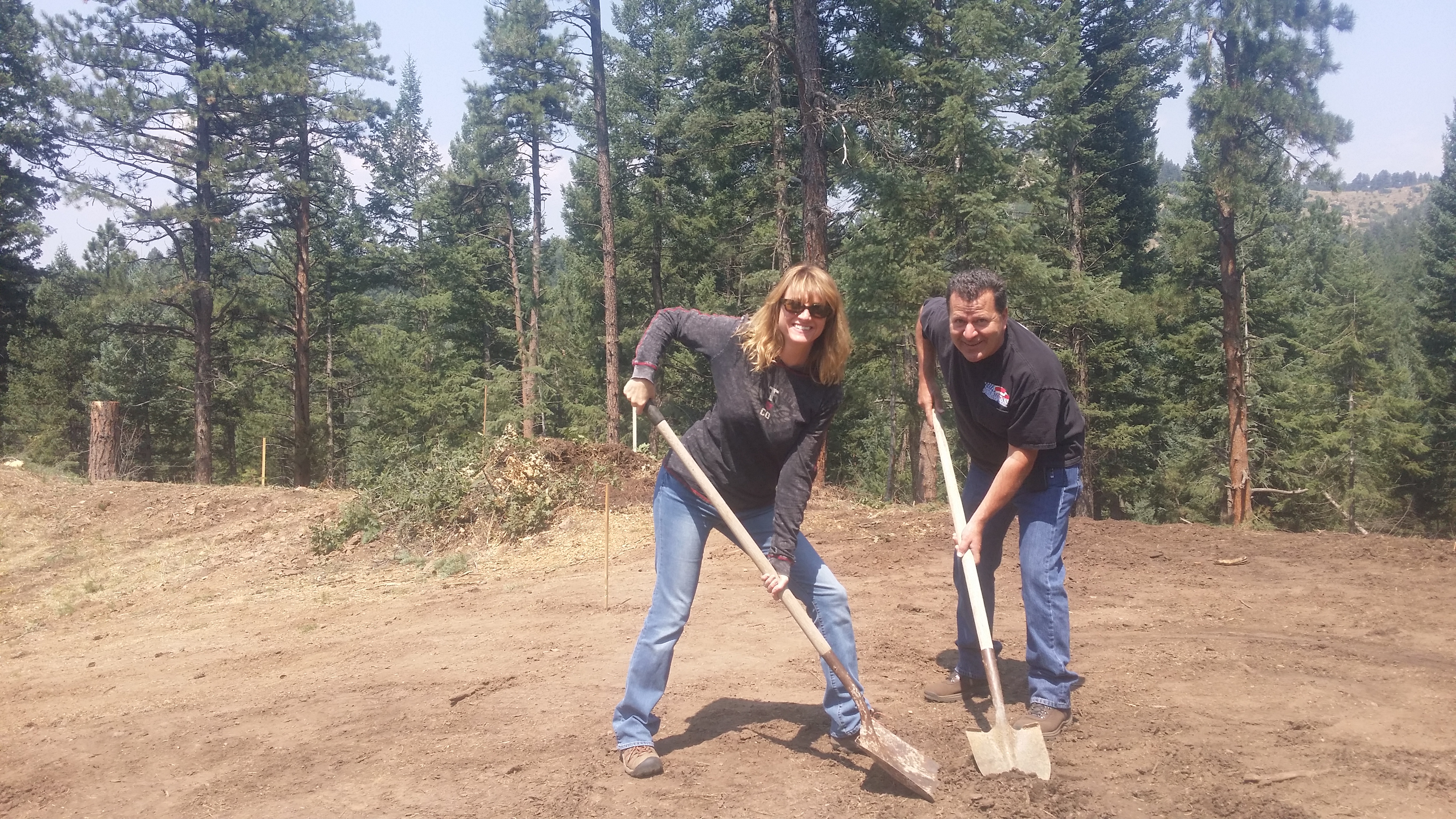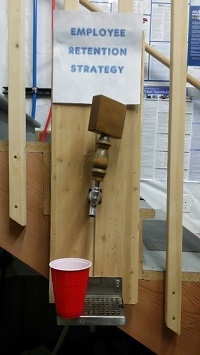Author Archive for Alfred
Stop Stressing: Two Tips

Here are two tips that have helped me immensely:
1) Question your assumptions about when something requires an immediate response. Knowing that I’m addicted to urgency, I’ve disciplined myself to ask people, “When do you need this?” when they make a request instead of dropping everything to help them when they may not need it for days or even weeks. Surprisingly, they usually ask for it later than I would have delivered it. Asking for a due date instead of making an assumption means less stress because I have more flexibility to plan my work and deliver a quality product.
2) Spend time on important items like your sleep, diet, exercise, and planning to increase your ability to handle stress and decrease emergencies due to poor planning or insufficient time to think through problems. For every hour that you spend planning, you will save 20-200 hours during the execution of your project. Also, invest in strengthening relationships with others to minimize conflict and get support through challenging times.
How to Engage Stakeholders
Is your project doooommmmed (scary movie voice) to fail because you forgot a key stakeholder? Last month’s newsletter featured a simple tool coined by the Center for Requirements Excellence (CRE) called a KRAC Analysis. We discussed how to use this tool with stakeholders. Now, let’s define “stakeholders.” Most people think of stakeholders as anyone who is affected by the project or who has an interest. And that’s correct but there’s more.
I encourage you to also think of those individuals who have influence over your project as stakeholders. These are the stakeholders who are often overlooked, which is surprising since they can make your project fail. If we miss those stakeholders, then we are missing requirements, and if we are missing requirements, we are missing scope, and if we are missing scope, we are doooommmmed (scary movie voice) to fail! Why?
Because our stakeholders won’t be satisfied with the end result: the deliverables and/or the benefits won’t be realized according to our customer’s expectations. How do we identify ALL of our stakeholders to ensure that we understand their requirements and expectations? One simple technique is to map them on a grid. Influence goes on the vertical axis from Low at the bottom to High at the top. Interest goes on the horizontal axis from Low on the left side to High on the right side. The strategies about how to treat these stakeholders according to their influence and interest are named in the boxes.
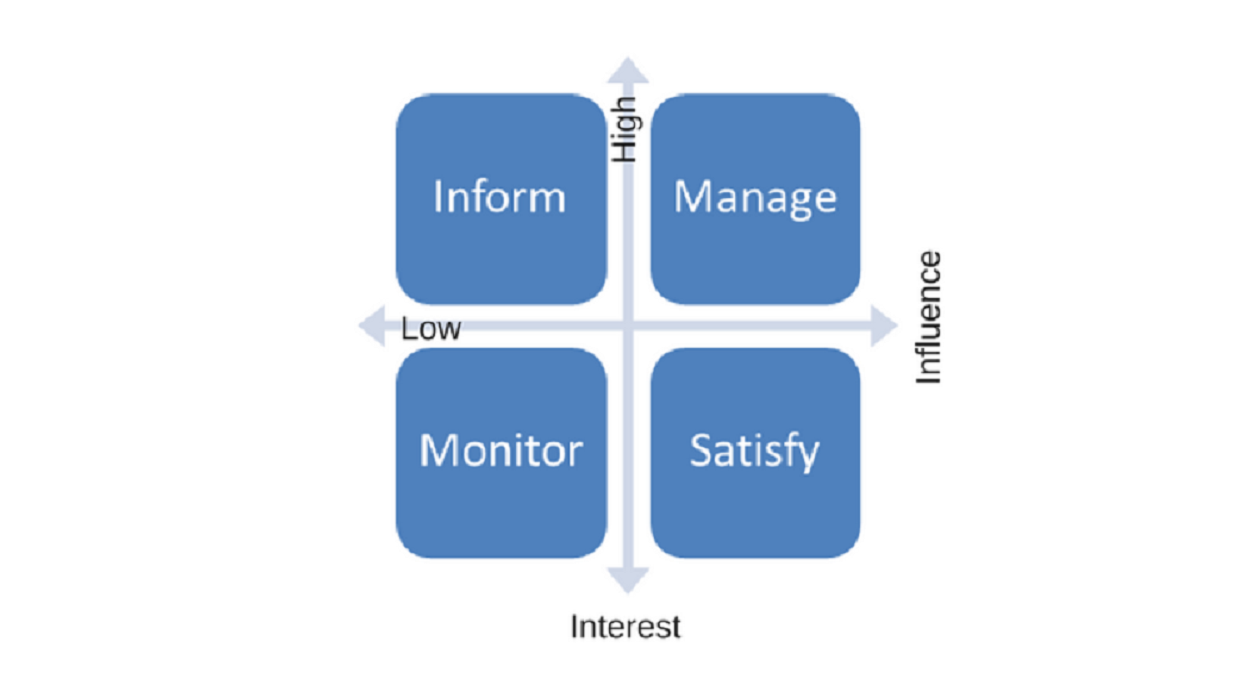
Once you have your stakeholders mapped, you may want to check your perceptions with your sponsor. She/he may have a different view and help you identify missing stakeholders. Once you have confidence that you have identified ALL your stakeholders, you’ll want to develop stakeholder and communication management plans.
We will discuss these tools and how to have difficult conversations in our upcoming two-day workshop called, “The Exceptional Project Manager” in Denver on April 11-12. If you are interested in learning more, click on this link to view details or please contact me.
Use KRAC to identify needs
We’ve all seen it before – the “deer in the headlights” look when we ask, “What are your requirements?” The problem isn’t them but us. We aren’t asking the right question. Most of the time, stakeholders don’t know what they need, although they are great at telling us the solution.
People pride themselves on solving problems and identifying solutions. Many times, they put the solution before the requirements (needs). Not surprisingly, this is the easiest thing to do but not the smartest. How much money, time, rework, scrap, and frustration result from well-intended decision makers implementing solutions that don’t solve problems or fulfill needs?
We have all been victims of poor decisions in the workplace. It makes sense to stop and elicit requirements from the stakeholders. To help them, you can use a simple tool coined by the Center for Requirements Excellence (CRE) called a KRAC Analysis: Read More →
The reason why this order works is because the four quadrants consist of assertiveness and pace of communication on the horizontal axis (low on the left side, high on the right). People who prefer the “what” and “why” styles are higher on that scale meaning they are more assertive and less patient, so answer their questions first (#1 and #2). People who prefer the “who” and “how” styles are lower on that scale meaning they like more time to think and respond, so they will wait longer for their questions to get answered (#3 and #4).
and pace of communication on the horizontal axis (low on the left side, high on the right). People who prefer the “what” and “why” styles are higher on that scale meaning they are more assertive and less patient, so answer their questions first (#1 and #2). People who prefer the “who” and “how” styles are lower on that scale meaning they like more time to think and respond, so they will wait longer for their questions to get answered (#3 and #4).

During this holiday season, I am grateful for the kindness that many of you have expressed. In November’s newsletter I shared the challenge that cancer has presented to my family. Your kind words, offers to help, and sympathy shown were greatly appreciated. On November 23rd, the surgeons removed all the cancer from my loved one’s body. We were extra grateful on Thanksgiving.
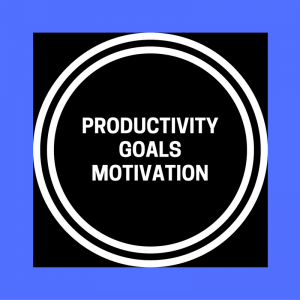
By focusing on optimization are you actually “Avoiding the real work”? Is your lack of productivity tied to a lack of organization? Or is it really just “insufficient motivation” due to tasks that are misaligned to your goals, or even “insufficient pressure”, because of deadlines that are too flexible?
To learn more, check out this article on productivity.
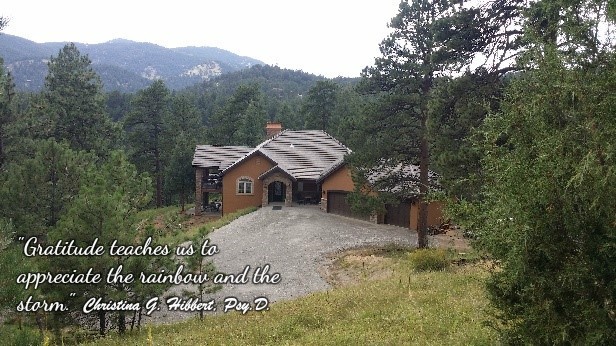
I wish you a Happy Thanksgiving full of gratitude, even for tough times, as it makes us appreciate what we have and gives us the opportunity to be stronger, more compassionate, and more loving.
Thank you for your friendship.

Are Your Values Aligned?
My husband came to work to see this poster hanging on his door (see image to the right). One of his employees posted it as a surprise, which was worth his time to take the trip the store and spend the money, not to mention coming in early, all to get a laugh. You see, “fun” is an important value at his workplace. And this was one way to express it, just like Teton Distillery does through their vodka inspired Employee Retention Program.
What does your company value? And how do those values manifest in behaviors?
On October 3rd, Ready2ACT celebrated our 13th year in business thanks to you! As a service business, it is vitally important to develop and nurture strong relationships in order to thrive. If I didn’t value that, there would be no way to have a sustainable business. Admittedly, I’m not always great at expressing my appreciation. As a leader, I’ve realized that knowing that I care isn’t enough. My behavior needs to reflect my values. After all, we are judged by our actions, not our thoughts.
Employees disengage when they read the company values, but do not see them reflected in behaviors such as decisions, hiring, compensation, recognition, policies, etc. For example, one client said that they valued their employees as family yet didn’t invite all employees to the company picnic. When I called them out on this, they admitted that only office employees were seen as family members but not field guys. Inconsistency causes confusion.
Are your values and behaviors congruent? If there is a disconnect, why? What can you do about the lack of integrity that comes with this incongruence?
Most employees can’t just change the values at their companies. However, as an employee, you can point out inconsistencies, you can behave in ways that reflect your values, and if the company values don’t fit with your values, I encourage you to find a place that does. When there is a good job match, the company benefits and you’ll feel like you belong. Your energy, morale, and productivity will increase because you’ll feel like you are contributing to something that you believe in. The company wins, and you win because your values are aligned.
Ready2ACT offers job fit assessments to help companies hire and promote the right people to the right jobs, using their natural strengths. These scientific assessments are a powerful predictor of performance when used in conjunction with culture fit. Contact us for more information.
|
How Vodka Retains Employees
While on vacation in Idaho, I visited Grand Teton Distillery. While on tour, I was surprised to see their employee retention program (see photo). Curious, I asked, “Is that real?” The employee replied, “Yes, and it works.” Still fascinated, I asked more questions: “What is it?” Reply, “Vodka.” I asked. “How much do they get? She quickly rattled off at least five reasons to imbibe like when the boss is having a bad day or when they celebrate, etc. but they limited person to less than 1 oz. a day.
In a day, fraught with lawsuits and HR policies, I was shocked over this “employee retention program.” It certainly wouldn’t work for the majority of my clients who require drug testing for safety reasons, yet this very small distillery was very proud that they employed people instead of using bottling machinery, they sourced ingredients locally, and they loved their jobs, bosses, and fellow employees. No one seemed to abuse the “free vodka” program; it was just another way to express their culture of fun.
What is your employee retention program? According to Turning the Corner, LLC, here are three tips to consider:
Money isn’t the answer. Raises and increased benefits are important to the well-being of your company, but often the positive results are short-lived. As long as base needs are met, engagement surveys show that many employees will work for less if they believe in the mission, values, and goals of the company.
- Know what is important to your employees. Don’t give your employees a branded t-shirt if what they really want is flexible work schedules. Knowing what your employees find important can help you create programs that are valuable to your teams. You may not be able to meet every need, but your efforts will be noticed.
- If they want to go, help them leave. If they want to stay, develop them. Sometimes great employees will have opportunities outside of your organization. Embrace this fact and make it easier for them to reach their personal goals. They will become your advocate. Help the ones who are staying with you by creating opportunities for growth, both professionally in your organization and personally. Mentorship programs are a great place to start.
- The key to a successful employee retention program is understanding what your employees want and need. While some may like accolades or occasional corporate bling, the vast majority want to feel valued and have significant roles within your organization.
Most times it’s as easy as treating your employees like your customers. Find their pain points and needs, then fill them. We have seen floundering companies lower attrition rates and increase profits simply by showing their employees they are valued.
Contact us if you’re interested in developing an employee retention program. We will come to your company to teach and demonstrate motivation, rewards, and recognition techniques.
Ready2ACT © 2017 Ready2ACT.
All Rights Reserved
give us a call 720-373-2601
send an email: info@ready2act.com
